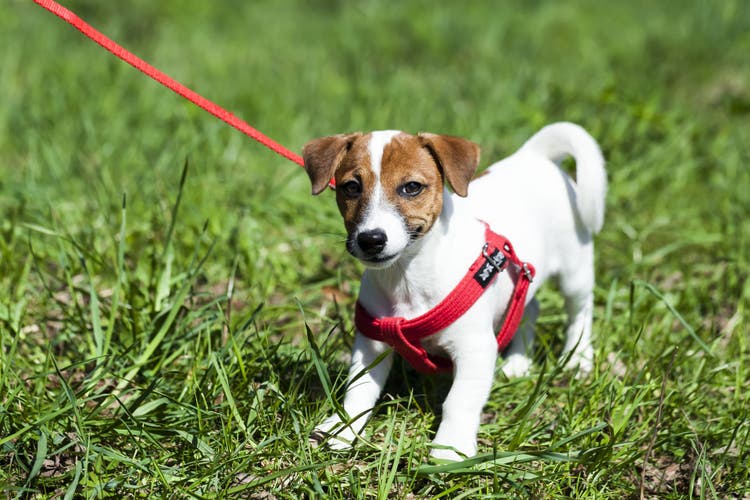
Tips for Walking Small Dogs
Content Sponsored by 24Petwatch
Here is everything you need to know about walking small dogs.
First of all, yes, it is important to walk a small dog. Dogs that lack sufficient activity can exhibit mental problems, behavioral problems, and obesity. Small dogs are more prone to heart issues and obesity than large dogs, and daily exercise can help to prevent these problems and extend your dog’s life.
Walking small dogs is just as important as walking large dogs. In addition to the physical health issues, all dogs need mental stimulation to help avoid behavioral problems caused by boredom. When you take your dog outside for a walk, you introduce them to the chance to explore a wealth of new things. Regular exercise can also help prevent aggression, fear, anxiety, and hyperactivity in your small dog. To learn more about hyperactivity, go to Hyperactivity (ADHD) in Dogs.
A short two block walk with your small dog a few times a week can help to prevent multiple health issues like joint problems, muscular issues, heart problems, mange, and other diseases.
Walking small dogs can be challenging. Their short legs may look like they are struggling, but every dog needs some exercise to stay healthy and happy. Owners of small breed dogs have noted that walking their dog has helped them to calm down. Walking small dogs can also help to lessen or eliminate Napoleon’s Syndrome, which is so common in small dogs.
Walking small dogs can help to regulate their temperament and make your dog a better companion. They can take any hyperactive or rowdy behavior and put it into their exercise.
How Far or How Long Should I Walk My Small Dog?
A small dog needs about a half hour a day outdoors to maintain their health. You can break this time into two 15-minute walks.
Your small dog needs daily walks to stay healthy and to control their weight. But too much of a good thing can be harmful, so moderation is the key. Small dogs like Bulldogs and Pugs have squished faces and their shortened muzzles limit airflow. That means they can get overheated pretty quickly if they’re out too long.
When considering how long and how far to walk your small breed dog, you should always consider your dog’s age and health level. These factors will determine how much time your dog should be spending on daily walks.
What to Do If You Encounter a Bigger Dog on Your Walk
It’s only natural to worry about your small dog’s safety while out on a walk. There have been instances where larger dogs approach and harm a small dog, sometimes badly injuring or even killing the smaller dog.
If you’re out on a walk and you encounter a bigger dog, it’s best to scoop your dog up so you can help to protect them. The most important thing in this scenario is not to act alarmed or frightened. Even though every fiber of your being may be struck with fear, you don’t want to make yourself more of a target. It is best to act calm so that you seem in control of the situation. Do not yell at the bigger dog. This only makes the encounter more interesting to them at a time when they are looking for some physical activity.
When they encounter a big dog, it’s not uncommon for small dogs to get scared, wriggle loose, and run away. Get peace of mind knowing your dog is protected if they ever go missing by registering their microchip with 24Petwatch, North America’s largest lost pet database & microchip registry. Learn more about their Pet Protection Memberships for the added care and support every pet needs, including 24/7 access to a Vet Helpline (complimentary for one year), discounts on dog walking or pet sitting services, and access to Lost Pet Recovery Specialists available 24/7/365.
To learn more about walking a dog, go to The Pet Owner’s Guide to Walking a Dog.